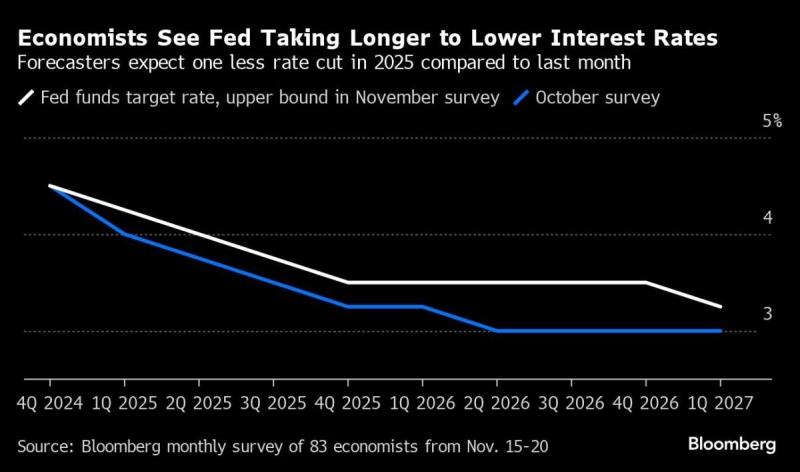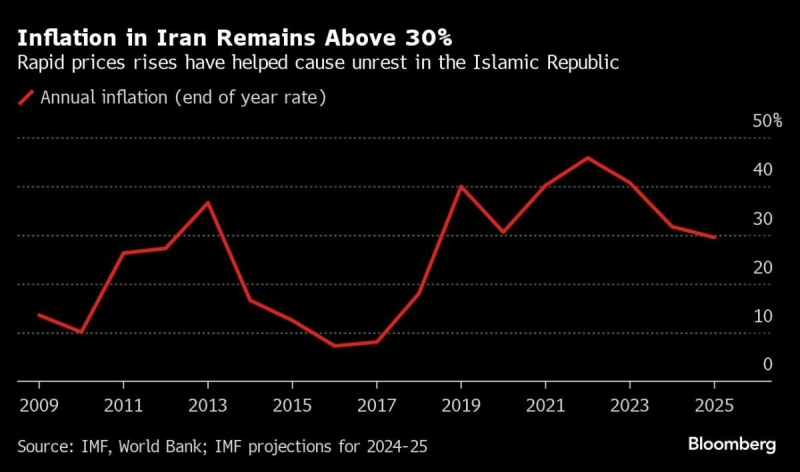
- A large new study shows that heavy drinking habits among adults in the U.S. have persisted beyond the COVID-19 pandemic.
- Researchers say drinking levels stabilized before the pandemic, spiked during initial lockdowns, and persisted through at least 2022, if not longer.
- Alcohol use is linked to over 200 diseases, injuries, and other health conditions, such as heart disease and different types of cancer.
- Heavy alcohol use among adults under 50 rose by as much as 20%, with experts raising concerns over what they call a major public health issue.
Alcohol use has reached unprecedented levels despite there being no safe level of consumption.
Heavy drinking in the United States spiked during the COVID-19 pandemic and continued after it ended, according to Keck Medicine researchers at the University of Southern California (USC).
The large nationally representative study, published November 12 in the Annals of Internal Medicine, found that alcohol use among adults ages 18 and older rose by 4% from 2018 to 2020, with heavy alcohol use increasing by a staggering 20%. Researchers say the increases were sustained in 2022.
“These numbers reflect an alarming public health issue that could result in severe health consequences for far too many people,” said Brian P. Lee, MD, MAS, a hepatologist and liver transplant specialist with Keck Medicine of USC and principal investigator of the study, said in a statement. “Our results suggest men and women under 50 are at special risk.”
Alcohol use rising among young adults
The population-based study included adults ages 18 and older who participated in the National Health Interview Survey from 2018 to 2022.
The data included 24,965 respondents from 2018, 30,829 from 2020, and 26,806 from 2022.
The researchers divided respondents into two categories: having any alcohol use or heavy alcohol use within one year of the survey.
They defined heavy drinking as greater than or equal to five drinks a day or 15 drinks a week for males and greater than or equal to four drinks a day or eight drinks a week for females.
The rise in alcohol use was seen across all age groups, genders, races, ethnicities, and regions of the U.S., except for Asian Americans and Native Americans. Adults ages 40-49 had the largest increase in heavy alcohol consumption.
The researchers did not assess what may have driven the increase but theorized the 2020 surge was linked to pandemic-related stressors that normalized heavy drinking, particularly among adults in their 40s.
“Heavy alcohol use increasing highest among young adults under 50 is something we see in the clinic and in the hospital and is showing up in the numbers,” Lee told Healthline.
“Three years ago, we showed there were increases in alcohol use,” Lee said of his prior research. “Now we’re showing that these increases are sustained. We’ve also shown that health consequences from increased alcohol use, whether it’s for liver transplants or alcohol-related mortality, have increased as well. It’s become quite clear that this has become a crisis.”
According to Lee, Americans have reached “historic highs” with their levels of alcohol consumption. “To me, that’s very concerning. We know that alcohol is a toxin. We know it has severe health consequences,” he said.
Alcohol is addictive
Alcohol use rose during the pandemic, likely due to stressors from lockdown to boredom to changes to the workplace or how children attended school, Lee noted.
“Before the pandemic, we were seeing stabilization toward a decline in heavy drinking. But the pandemic reversed that trend in very alarming ways,” he said.
For many people, alcohol is a maladaptive coping mechanism that may lead to alcohol use disorder (AUD), an addiction disorder.
“We know that alcohol can become a habit, and even if the trigger that initially started a new habit is gone, the habit might still be there,” Lee said, offering a possible explanation as to why alcohol use has persisted.
“And we know that alcohol is addictive — it can start as a habit, and then it can become an addiction. The more ingrained and entrenched alcohol use becomes, the harder it is to stop,” he added.
Joseph R. Volpicelli MD, PhD, executive director at the Institute of Addiction Medicine, told Healthline that pandemic-era drinking persisted among adults, particularly those in their 40s, for several reasons.
Increased stress, anxiety, and depression linked to work, parenting, reduced social interactions, and economic uncertainty may have led many people to use alcohol as a way to cope, he said.
“Habits formed during lockdowns and social isolation gave more opportunities to drink at home,” Volpicelli explained.
“Habits formed over months can become ingrained, making it hard to cut back when life returns to normal. Negative health effects from increased alcohol consumption might not show up immediately, allowing habits to continue unchecked until more serious problems arise,” he said.
Other health risks of alcohol use
Alcohol consumption is linked to over 200 diseases, injuries, and other health conditions, including heart disease and cancer, and is a leading preventable cause of illness and death in the U.S., according to the Centers for Disease Control and Prevention (CDC).
Alcohol use may also lead to or exacerbate mental health issues like depression and anxiety.
Lee, who is a hepatologist, pointed out that nearly half of all liver-related deaths are tied to alcohol, with alcohol-related cirrhosis a leading cause of liver transplants.
“I think liver disease needs to be prioritized in terms of not only research but also screening and treatment for people with alcohol use,” he said.
Moderate drinkers also face potential health risks, with emerging evidence linking adverse health outcomes to moderate drinking.
For instance, a recent study published in JAMA Network Open linked moderate alcohol consumption to a higher risk of cancer- and disease-related mortality.
“The big picture of the health risks of alcohol should not be ignored,” David Cutler, MD, board certified family medicine physician at Providence Saint John’s Health Center in Santa Monica, CA, told Healthline in response to the JAMA study.
“The evidence shows that alcohol, in any amount, can be harmful. We don’t tolerate it at all in pregnant women or minors. And prudent people should give serious thought to whether any alcohol consumption is in the best interest of their overall health,” Culter said.
Addressing heavy alcohol consumption as a public health issue may require targeted campaigns to raise awareness about the risks, Volpicelli noted, and improved access to mental health services.
“Encouraging healthy coping mechanisms and providing support for changing habits can help individuals reduce their drinking to pre-pandemic levels,” Volpicelli said.
Tips to reduce alcohol consumption
It’s never too late to stop drinking alcohol or cut back your consumption. Doing so could have immediate positive effects on your body, from repaired liver damage to a reduced risk of heart disease or improved brain health.
Volpicelli offered the following tips to cut back on drinking:
- Set clear goals and be mindful of drinking behavior.
- Avoid triggers (i.e., people, places, or activities) for heavy drinking.
- Develop healthy coping strategies for stress management (i.e., yoga, meditation, exercise).
- Limit alcohol at home and stock up on non-alcoholic alternatives like sparkling water or teas.
- Choose lower-alcohol options or dilute drinks.
- Designate alcohol-free days.
- Find support, such as talking with friends or family or joining support groups.
- Seek professional help from a doctor or mental health professional.
- Consider medications like naltrexone, which can help reduce cravings.
- Develop alternatives to drinking, such as hobbies or social activities that don’t involve alcohol.
- Reward your progress and celebrate milestones when you reach your goals.
“Cutting back on alcohol is a personal journey, and different strategies can help you achieve your goals. Medications like naltrexone may offer additional support but should be part of a comprehensive plan that includes professional guidance and lifestyle changes,” Volpicelli said.
Takeaway
New research shows that heavy alcohol use among adults in the U.S. has persisted beyond the pandemic. Heavy alcohol use rose by 20% from 2018 to 2020 and remained stable in 2022, particularly among adults in their 40s.
Alcohol use is associated with over 200 diseases, injuries, and other health conditions. The authors of the newstudy hope the findings will draw more awareness to the dangers of heavy drinking.
“We encourage healthcare providers to offer more screenings for harmful drinking as well as interventions for at-risk populations,” Lee said in a statement.







